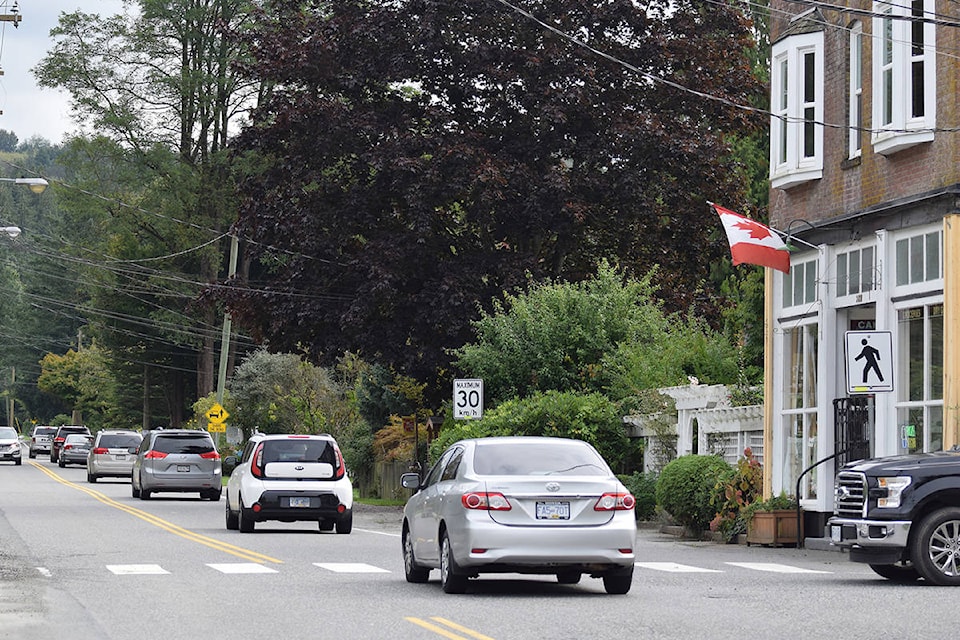The historical village of Clayburn sits at crossroads between the preservation of its heritage and further development in the city of Abbotsford.
“We formed the heritage committee for the purpose of preserving this village,” says Clayburn’s 98-year-old village historian, Cyril Holbrow. “The citizens of Abbotsford have got to know why they have got to help us.”
Clayburn was B.C.’s first company town and became recognized as a heritage site in 1996 through the lobbying of the village’s heritage committee. But the remnants of that early industrial history is slowly degrading due to increased traffic down the single-lane Clayburn Road fueled by the development on Sumas Mountain.
Commuters driving down the mountain and passing through the skeleton of this once-booming town may not be aware that Clayburn is industrial ground-zero for the entire Fraser Valley. But they need to realize their speed is breaking the bones of the village’s heritage structures, say locals.
The century-old buildings were constructed just above a water table with a brick-and-clay foundation. Consequently, the vibrations caused by speeding vehicles are damaging the structural integrity of the heritage buildings.
“When the traffic comes through at the high speeds, causing road vibrations, it literally ripples right up to our home and it’s rattling the walls,” says Cathy Morandini of the Clayburn Village Community Society. “[My husband] been tracking it with the telephone poles with people going anywhere from 60 to 100 km/h.”
The 30 km/h signs on the edges of the village seem to have little effect on the vehicles using the road to connect to the busy Highway 11 connector.
More than one Clayburn resident has kept track of the traffic over the years.
The owner of the village store, Bryan Haber, said he tracked traffic statistics along the single-lane village road seven years ago. He installed sensors along the side of the road to monitor the speed and number of vehicles passing through.
“In one 12-hour period, there were at least three vehicles that did in excess of 120 km/h.”
He said the road traffic increased 20 per cent annually for three years straight, and the problem has only gotten worse since then.
Haber spent $8,000 to have the building’s mortar reinforced two years ago, but he says it’s not a permanent fix.
Village residents fear the number of vehicles using Clayburn Road as a transit point is going to increase even further in the coming years, said long-time resident Gerry Lane .
“The more [development] that’s built on the mountain, the more the traffic wants to come down here.”
A large quarry on Sumas Mountain owned by Clayburn Industries went up for sale this summer. The seller said commercial and residential development is very possible when the mine eventually closes.
The road issues are not new for the local residents, but Morandini said a solution hasn’t come in over a decade.
“It’s definitely very worrisome as time goes on. We’re in a situation where our heritage homes are feeling quite at risk.”
RELATED: Abbotsford’s Clayburn Village: A short history on B.C.’s first company town
